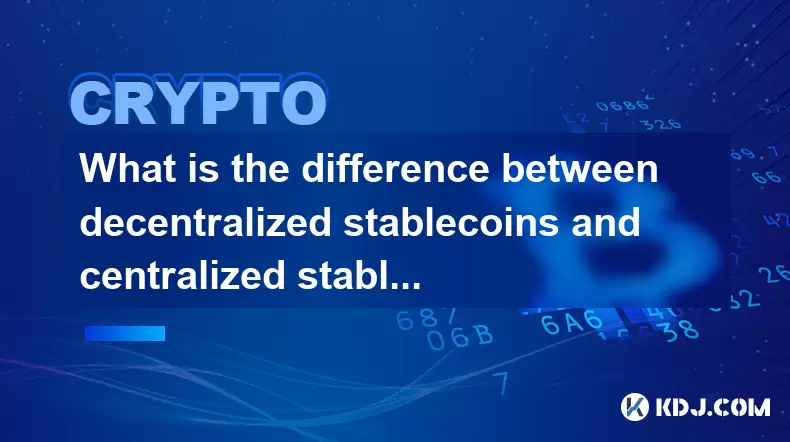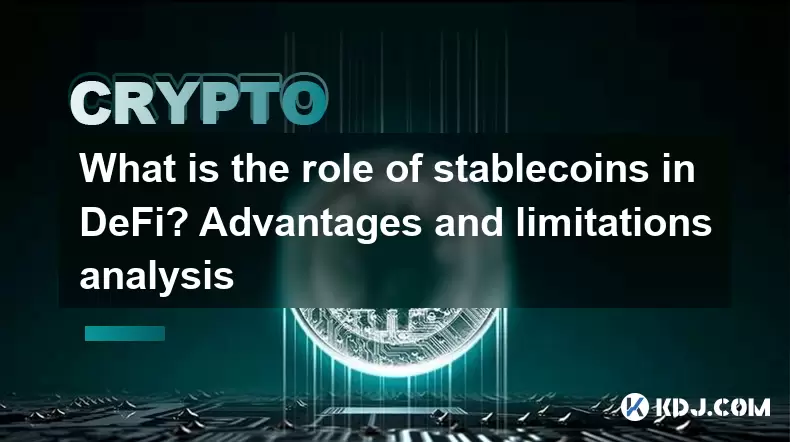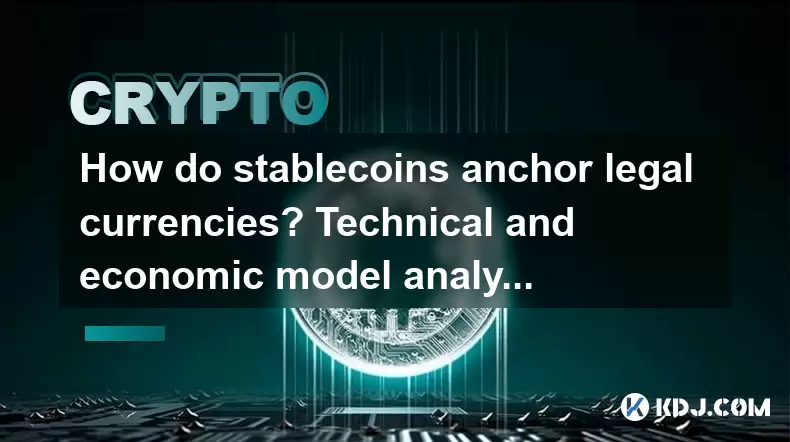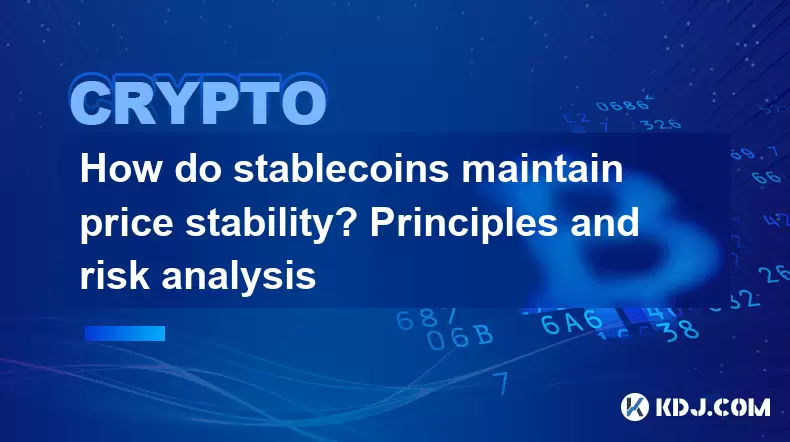-
 Bitcoin
Bitcoin $117700
-0.03% -
 Ethereum
Ethereum $3805
0.49% -
 XRP
XRP $3.098
-1.00% -
 Tether USDt
Tether USDt $1.000
0.03% -
 BNB
BNB $792.8
-1.72% -
 Solana
Solana $177.9
-1.95% -
 USDC
USDC $1.000
0.02% -
 Dogecoin
Dogecoin $0.2202
-1.55% -
 TRON
TRON $0.3278
-2.92% -
 Cardano
Cardano $0.7641
-2.43% -
 Hyperliquid
Hyperliquid $42.21
-2.68% -
 Sui
Sui $3.758
-1.58% -
 Stellar
Stellar $0.4080
-3.21% -
 Chainlink
Chainlink $17.75
-0.33% -
 Bitcoin Cash
Bitcoin Cash $591.8
4.96% -
 Hedera
Hedera $0.2561
-3.09% -
 Avalanche
Avalanche $23.34
-4.24% -
 Litecoin
Litecoin $110.7
1.96% -
 UNUS SED LEO
UNUS SED LEO $8.956
-0.01% -
 Toncoin
Toncoin $3.410
0.79% -
 Ethena USDe
Ethena USDe $1.001
0.03% -
 Shiba Inu
Shiba Inu $0.00001288
-1.82% -
 Uniswap
Uniswap $10.07
-2.06% -
 Polkadot
Polkadot $3.807
-2.27% -
 Monero
Monero $308.2
-2.15% -
 Dai
Dai $1.000
0.03% -
 Bitget Token
Bitget Token $4.521
-0.30% -
 Pepe
Pepe $0.00001134
-1.52% -
 Cronos
Cronos $0.1457
0.65% -
 Aave
Aave $274.9
-2.47%
What is the difference between decentralized stablecoins and centralized stablecoins? Pros and cons comparison
Stablecoins, like USDT and DAI, offer crypto stability by pegging to assets like the dollar, enabling seamless transactions, DeFi use, and hedging against market volatility.
Jun 15, 2025 at 09:42 am

What Are Stablecoins and Why Do They Matter?
Stablecoins are a category of cryptocurrencies designed to maintain a stable value, usually pegged to an external asset such as the U.S. dollar, gold, or even other fiat currencies. Their primary purpose is to reduce the volatility typically associated with cryptocurrencies like Bitcoin or Ethereum. This stability makes them ideal for transactions, trading, and as a store of value in the crypto ecosystem.
There are two main types of stablecoins: decentralized and centralized. Understanding the difference between these two is essential for anyone involved in blockchain technology, DeFi (Decentralized Finance), or digital asset trading.
Centralized Stablecoins: Mechanism and Characteristics
Centralized stablecoins are issued and managed by a central authority or company. These entities hold reserves of the underlying asset (like USD) and issue tokens that represent a claim on those reserves. The most well-known example is Tether (USDT).
- Reserve-backed: Each token is typically backed by a reserve held in a bank account.
- Controlled supply: The issuer can mint or burn tokens based on demand.
- Regulatory compliance: Often subject to audits and financial regulations.
However, this model introduces trust dependency on the issuing organization, which may pose risks related to transparency, mismanagement, or regulatory actions.
Decentralized Stablecoins: Mechanism and Characteristics
Decentralized stablecoins operate without a central authority. Instead, they rely on smart contracts and blockchain protocols to maintain their peg. Examples include DAI, issued through the MakerDAO system, and FRAX, which uses a fractional-algorithmic approach.
- Algorithmically controlled: Supply adjusts automatically via code-based mechanisms.
- Collateralized by crypto assets: Some require over-collateralization using other cryptocurrencies.
- No single point of failure: Operates on decentralized networks, reducing counterparty risk.
These stablecoins aim to eliminate reliance on centralized institutions but often face challenges around volatility in collateral, complexity of governance, and potential smart contract vulnerabilities.
Pros and Cons of Centralized Stablecoins
Advantages:
- Simplicity: Easy to understand and use; each token corresponds directly to a fiat unit.
- High liquidity: Widely accepted across exchanges and platforms.
- Faster adoption: Easier integration into traditional financial systems.
Disadvantages:
- Counterparty risk: Users must trust the issuer to maintain reserves.
- Regulatory exposure: Vulnerable to legal scrutiny and possible freezing of funds.
- Censorship possibility: Issuers can block transactions or freeze accounts.
This model offers efficiency and familiarity but sacrifices decentralization and censorship resistance.
Pros and Cons of Decentralized Stablecoins
Advantages:
- Trustless operation: No need to rely on third parties or intermediaries.
- Permissionless access: Available to anyone with internet access, regardless of jurisdiction.
- Transparent mechanisms: Open-source code allows for public verification of operations.
Disadvantages:
- Complexity: Harder to understand and manage for average users.
- Volatility risk: Peg stability depends on market dynamics and collateral values.
- Smart contract vulnerabilities: Potential for bugs or exploits leading to loss of funds.
While decentralized stablecoins align more closely with blockchain’s core principles, they come with higher technical barriers and operational risks.
Use Cases and Practical Applications
Both types of stablecoins serve distinct functions within the cryptocurrency space:
- Trading: Centralized stablecoins are preferred for fast on/off ramps and high liquidity.
- DeFi applications: Decentralized stablecoins are used in lending, borrowing, and yield farming due to their permissionless nature.
- Cross-border payments: Both types facilitate international transfers with lower fees compared to traditional banking.
- Hedging against crypto volatility: Traders switch to stablecoins during uncertain market conditions.
The choice between centralized and decentralized stablecoins often depends on the user's priorities—whether it's ease of use, regulatory clarity, or adherence to decentralization principles.
Frequently Asked Questions
Q1: Can decentralized stablecoins be hacked?
Yes, if there are vulnerabilities in the smart contracts or governance systems that control them. While the blockchain itself is secure, flaws in the code can be exploited, potentially leading to fund loss.
Q2: Are centralized stablecoins regulated?
Many centralized stablecoin issuers are subject to varying degrees of regulation depending on their jurisdiction. For instance, companies may undergo regular audits and comply with anti-money laundering (AML) requirements.
Q3: What happens if the collateral behind a decentralized stablecoin crashes?
If the value of the collateral backing a decentralized stablecoin drops significantly, it could trigger liquidation events. In some cases, this might lead to under-collateralization and instability in the stablecoin's peg.
Q4: Can I earn interest on stablecoins?
Yes, both centralized and decentralized platforms offer ways to earn yield on stablecoins through staking, lending, or participating in liquidity pools. However, the risks vary depending on the platform and the type of stablecoin used.
Disclaimer:info@kdj.com
The information provided is not trading advice. kdj.com does not assume any responsibility for any investments made based on the information provided in this article. Cryptocurrencies are highly volatile and it is highly recommended that you invest with caution after thorough research!
If you believe that the content used on this website infringes your copyright, please contact us immediately (info@kdj.com) and we will delete it promptly.
- LYNO Token Presale: AI Arbitrage Revolution in DeFi
- 2025-07-31 05:11:11
- Pepecoin Successors: Can These Cryptocurrencies Make You a Millionaire?
- 2025-07-31 05:50:12
- AML Bitcoin Fraud: Cracking Down on Crypto Crime in the Big Apple and Beyond
- 2025-07-31 04:33:53
- Cardano (ADA) in 2025: Navigating Crypto's Future
- 2025-07-31 03:52:07
- Solana Meme Coin Price Prediction: Will the Frog Outleap the Dog?
- 2025-07-31 03:52:07
- Bitcoin's Bullish Outlook: CryptoQuant's Insights on Futures Market Cooling
- 2025-07-31 03:59:10
Related knowledge

What is the difference between decentralized stablecoins and centralized stablecoins? Pros and cons comparison
Jun 15,2025 at 09:42am
What Are Stablecoins and Why Do They Matter?Stablecoins are a category of cryptocurrencies designed to maintain a stable value, usually pegged to an e...

What is the role of stablecoins in DeFi? Advantages and limitations analysis
Jun 14,2025 at 06:28am
Understanding Stablecoins in the DeFi EcosystemStablecoins play a pivotal role in the decentralized finance (DeFi) landscape by providing a bridge bet...

How do algorithmic stablecoins work? Potential risks and market impact
Jun 12,2025 at 02:07pm
Understanding Algorithmic StablecoinsAlgorithmic stablecoins are a type of cryptocurrency designed to maintain a stable value relative to a specific a...

How do stablecoins anchor legal currencies? Technical and economic model analysis
Jun 16,2025 at 08:43am
Understanding the Concept of StablecoinsStablecoins are a category of cryptocurrencies designed to maintain a stable value relative to a specific asse...

How do stablecoins maintain price stability? Principles and risk analysis
Jun 11,2025 at 12:01am
Understanding the Mechanisms Behind Stablecoin StabilityStablecoins are a category of cryptocurrencies designed to minimize price volatility, often pe...

What is the operating mechanism of stablecoins? In-depth exploration of its stability principle
Jun 10,2025 at 09:28pm
Understanding the Core Concept of StablecoinsStablecoins are a unique category within the cryptocurrency market, designed to address one of the most s...

What is the difference between decentralized stablecoins and centralized stablecoins? Pros and cons comparison
Jun 15,2025 at 09:42am
What Are Stablecoins and Why Do They Matter?Stablecoins are a category of cryptocurrencies designed to maintain a stable value, usually pegged to an e...

What is the role of stablecoins in DeFi? Advantages and limitations analysis
Jun 14,2025 at 06:28am
Understanding Stablecoins in the DeFi EcosystemStablecoins play a pivotal role in the decentralized finance (DeFi) landscape by providing a bridge bet...

How do algorithmic stablecoins work? Potential risks and market impact
Jun 12,2025 at 02:07pm
Understanding Algorithmic StablecoinsAlgorithmic stablecoins are a type of cryptocurrency designed to maintain a stable value relative to a specific a...

How do stablecoins anchor legal currencies? Technical and economic model analysis
Jun 16,2025 at 08:43am
Understanding the Concept of StablecoinsStablecoins are a category of cryptocurrencies designed to maintain a stable value relative to a specific asse...

How do stablecoins maintain price stability? Principles and risk analysis
Jun 11,2025 at 12:01am
Understanding the Mechanisms Behind Stablecoin StabilityStablecoins are a category of cryptocurrencies designed to minimize price volatility, often pe...

What is the operating mechanism of stablecoins? In-depth exploration of its stability principle
Jun 10,2025 at 09:28pm
Understanding the Core Concept of StablecoinsStablecoins are a unique category within the cryptocurrency market, designed to address one of the most s...
See all articles

























































































